Blenderized tube feeding is becoming a popular option for children with feeding tubes. Pediatric dietitian Hannah Nicolais, MS, RDN, CNSC, explains the pros and cons of blenderized tube feeding and gives advice on making blended foods at home.
What is blenderized tube feeding?
Blenderized tube feeding is defined as pureed or “blended” foods given directly through the feeding tube. There are many ways to incorporate blended foods into your child’s feeding regimen. Some options include making blenderized feeds at home, use of a commercial blenderized tube feeding formula or a combination of blended foods (commercial or homemade) with a traditional commercial formula.
Remember: Changes to a child’s feeding regimen are complex and should be discussed with your child’s provider or dietitian before making any changes to ensure nutritional adequacy and balance in your child’s feeds.
Benefits of blenderized tube feeding
Some of the benefits to a blenderized tube feeding include:
- Exposure to real foods and tastes
- The ability to adhere to dietary restrictions or preferences (dairy free, vegetarian, etc.)
- Possible improvement in gastro-intestinal (GI) symptoms like reflux or constipation
- A possible cost savings with buying food ingredients in bulk versus paying out of pocket for expensive commercial formulas.
Disadvantages of blenderized tube feeding
While the benefits of a blenderized tube feeding are appealing, the disadvantages to using a blenderized tube feeding need to be considered as well. The consistency of a blenderized tube feeding is thicker than a traditional commercial formula. Therefore, the blenderized feeding has difficulty moving through a feeding pump or tubing.
Most often, it is recommended that water is added to the blenderized feed to help thin out the consistency to allow it to move more easily through the pump and tubing. Unfortunately, this can increase the total volume of the feed, but the added volume does not guarantee adequate nutrition (calories, protein, micronutrients) and usually leads to a larger volume per feed or more feeds per day to ensure adequate nutritional intake.
Given the thicker consistency, it is usually not recommended to use a blenderized feed with a nasogastric or nasojejunal tube since it can be difficult for the formula to move through these smaller tubes.
Making your own blended foods
As mentioned, one of the options for a blenderized feeding is to make the blends at home. If you are considering homemade blends, it is recommended to use a commercial grade blender (an added cost of a few hundred dollars) to ensure the blends are the proper consistency and texture to prevent clogging when giving directly via feeding tube. You should also consider the extra time needed to shop, prepare, package and store the homemade blenderized feeds. This can also lead to an increase in monthly grocery store bills.
If you’d rather consider a commercial blenderized tube feeding, they are ready to feed, but can be costly (especially if insurance doesn’t help cover the cost) and not all commercially available blenderized feeds are nutritionally adequate/complete.
Are blended foods right for you?
As with any formula or feeding regimen, blenderized tube feedings have their pros and cons, but if adding blended foods to your child’s feeding regimen is something you wish to explore, talk with your child’s provider or dietitian to open the discussion about blenderized feeds.
To help you figure out whether blenderized tube feedings (commercially available or homemade) are right for your child, quality of life and lifestyle, ask yourself the following questions:
- Would I want to use a commercial blenderized formula or make the blends at home from ingredients I buy?
- Do I have the time and resources to make blends at home (including time to plan, prepare, store blends)?
- Do I have adequate freezer or refrigerator space?
- Can I afford the added costs?
There are many different resources available to help you navigate blenderized feedings and get you started, talk to your child’s doctor or dietitian about whether this option is right for you!
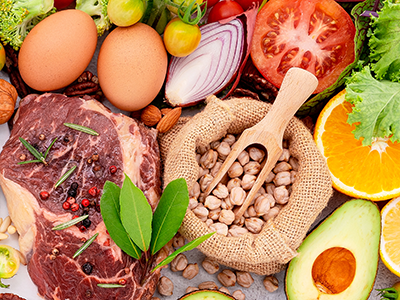 https://riseandshine.childrensnational.org/wp-content/uploads/2023/11/ketogenic-foods-feature.png
300
400
Rise and Shine
https://riseandshine.childrensnational.org/wp-content/uploads/2017/11/childrens_riseandshine_logo.jpg
Rise and Shine2023-11-16 15:06:312023-11-16 15:15:01Using ketogenic diets to manage seizures
https://riseandshine.childrensnational.org/wp-content/uploads/2023/11/ketogenic-foods-feature.png
300
400
Rise and Shine
https://riseandshine.childrensnational.org/wp-content/uploads/2017/11/childrens_riseandshine_logo.jpg
Rise and Shine2023-11-16 15:06:312023-11-16 15:15:01Using ketogenic diets to manage seizures


 Hannah Nicolais, MS, RDN, CNSC, is a pediatric dietitian at the Pediatric Specialists of Virginia.
Hannah Nicolais, MS, RDN, CNSC, is a pediatric dietitian at the Pediatric Specialists of Virginia.
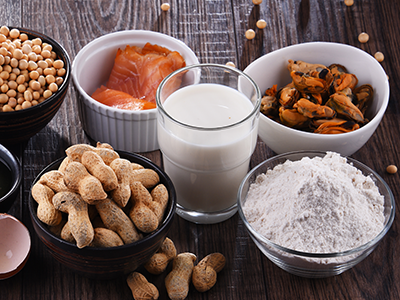
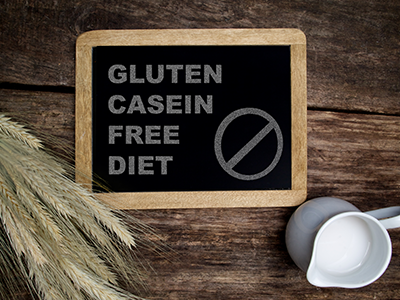

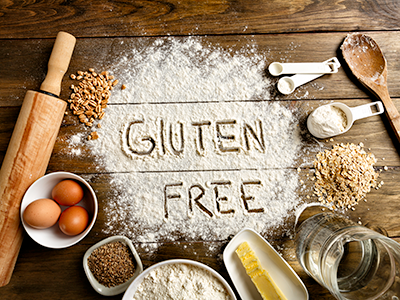



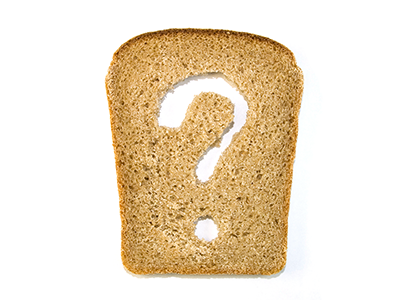





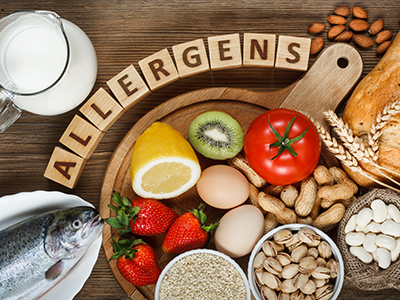

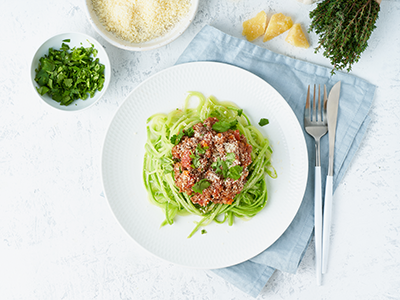

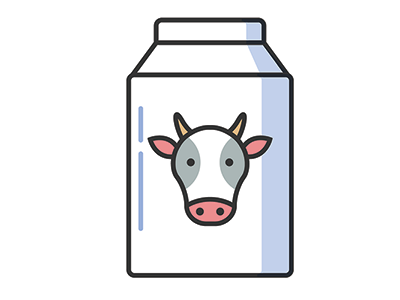
Leave a Comment
Want to join the discussion?Feel free to contribute!